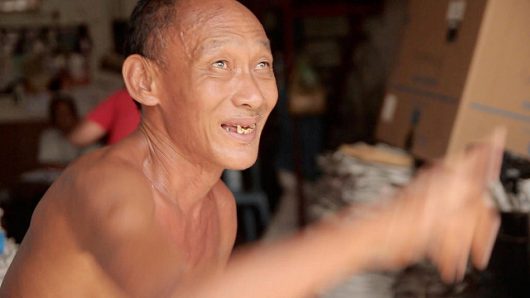Exploring Common Diseases in Malaysia
 According to the CIA World Factbook, the nation of Malaysia has a life expectancy of 75 years. This ranks it at 110 in the world, between countries like Romania and Iraq. Even though the water quality is improving — 93 percent improved in rural areas and 100 percent improved in urban — a few common diseases in Malaysia still take a toll on the population.
According to the CIA World Factbook, the nation of Malaysia has a life expectancy of 75 years. This ranks it at 110 in the world, between countries like Romania and Iraq. Even though the water quality is improving — 93 percent improved in rural areas and 100 percent improved in urban — a few common diseases in Malaysia still take a toll on the population.
Some of the major infectious diseases for Malaysia include what is known as dengue fever and the water contact disease called leptospirosis.
Leptospirosis is described by the World Health Organization (WHO) as a bacterial disease that is contracted through exposure to animal urine or things that have been contaminated by animal urine. The bacteria can enter the body in several ways, including cuts or through mucous membranes like the mouth, nose and eyes.
If one were to contract this disease, they could expect several discomforting symptoms: chills, redness in the eyes, jaundice, abdominal pains, hemorrhages in the skin or mucous membranes, vomiting, diarrhea, a rash and severe headaches are likely to occur in the early stages.
One of the other common diseases in Malaysia, the previously mentioned dengue fever, is much more difficult to avoid, due to its method of contamination; dengue fever is transmitted by mosquitoes.
People who have been infected by dengue will have a high fever (around 104 degrees Fahrenheit) coupled with several other flu-like symptoms, such as pain behind the eyes, muscle and joint aching, nausea, vomiting, rash, swollen glands or severe headaches. These symptoms can last anywhere between two and seven days, and the incubation period lasts between four and ten, after the bite.
Being a tropical nation, the Malaysian environment’s natural humidity is prone to hosting mosquitoes, among other insects. The mosquito population is helped by rapid urbanization and unclean, unprotected water supplies.
Thankfully, a vaccine has been discovered within the past two years. This vaccine, called Dengvaxia, was created by the vaccinations division of Sanofi, officially named Sanofi Pasteur. Other vaccines are being worked on as well, some in phase three of clinical trials.
Currently, the main method for fighting against dengue fever is through preventing mosquito bites. This method utilizes sanitation, insecticides, avoiding the creation of mosquito-prone habitats and early clinical detection of the illness. On the ground, the implementation of these strategies can be as simple as covering a waste basket and disposing of food properly.
— Stephen Praytor
Photo: Flickr
